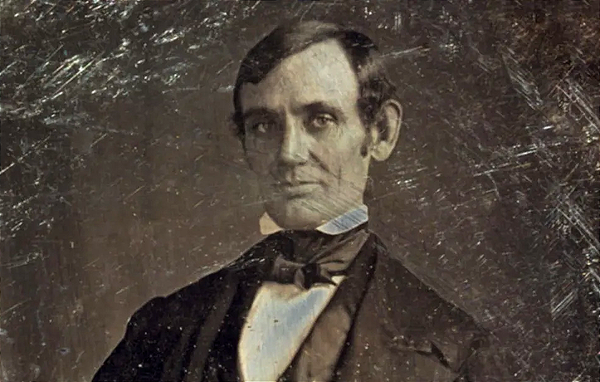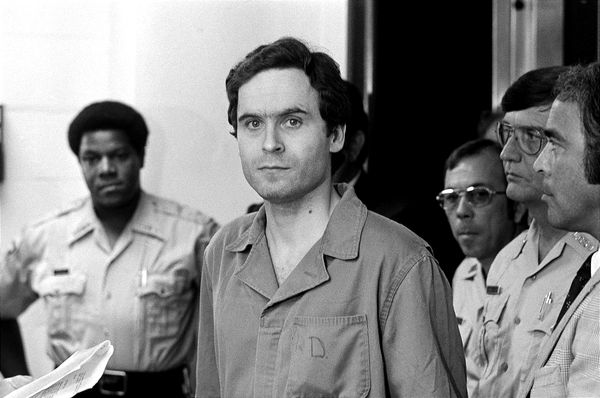He started walking around the world 27 years ago
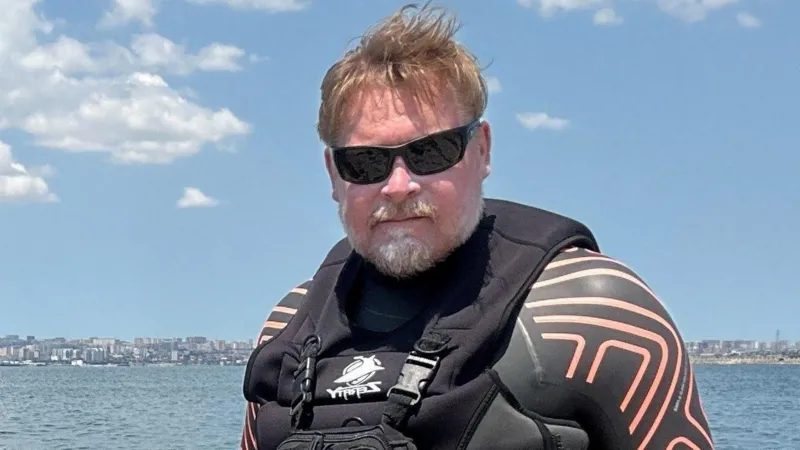
From the BBC: "A man hoping to become the first person to complete an unbroken round-the-world walk is preparing for the last leg of his journey. Karl Bushby set off from Chile in 1998. Since then he has walked across American and Asian continents, swam 186 miles across the Caspian Sea and fought off ice lumps and polar bears through the Bering Strait, all without using any form of transport. The former paratrooper has less than 2,000 miles left to walk before he arrives at his home city of Hull. Mr Bushby, who is currently in Mexico waiting for a visa to complete his challenge, has said returning home will be a very strange place to be after being away for some 27 years. Following his 31-day swim across the Caspian Sea last year, Mr Bushby said he continued his journey to Azerbaijan and then through to Turkey. The traveller said he had to step aside from his mission, named the Goliath Expedition, while he waited for a visa."
This former New York fashion photographer abandoned the city for life off the grid

From the New York Times: "Early in 2007, John Wells, a former fashion and catalog photographer, sold the farmhouse he’d renovated in Columbia County, N.Y., paid off his debts, canceled his credit cards and headed to the West Texas desert. There, he settled on a 40-acre plot near a ghost town called Terlingua, 30 miles from the Mexican border — a raw and rocky terrain of mesquite and desert juniper known locally as the Moonscape.There were no paved roads, no electricity and no water. Mr. Wells, who was then 48, chose the property because he could see no other dwellings.He was there to hash out life on his own terms, off the grid, to tame the rough environment to suit his own minimal needs, like a modern-day Thoreau.He called his new home the Southwest Texas Alternative Energy and Sustainable Living Field Laboratory, or the Field Lab for short, and began to chronicle his adventures on a blog."
Denmark lets amateurs hunt for buried treasure and this approach has paid off
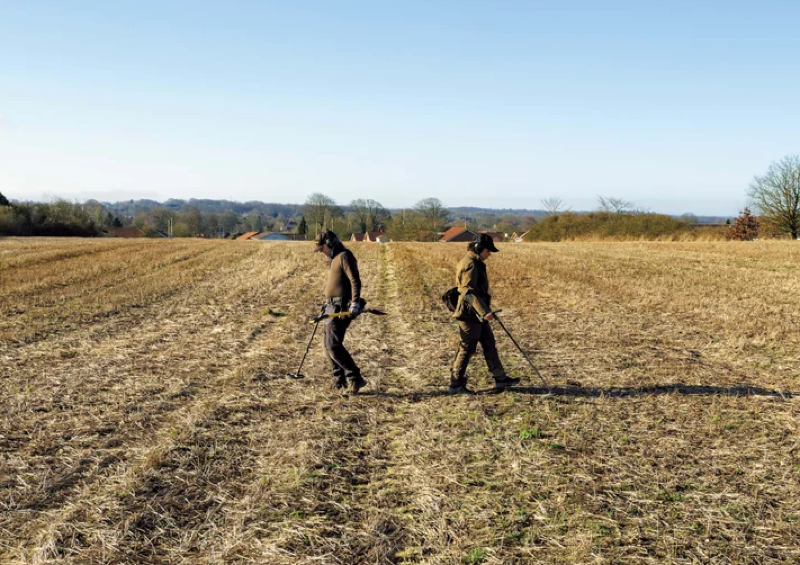
From Scientific American: "Ole Ginnerup Schytz, an engineer in Denmark’s sleepy Vindelev agricultural area, had used a metal detector only a handful of times when he found a bent clump of metal in a friend’s barley field. But when Ginnerup found a third metal round, he stopped to take a closer look. Wiping the mud from its surface, he suddenly found himself face-to-face with a Roman emperor. Four medallions feature Roman emperors, and several bear intricate geometric patterns. But the real showstopper is an amulet called a bracteate, which some describe as the most significant Danish find in centuries. Other countries have prohibited or heavily restricted hobbyist metal detecting, but Denmark has embraced it, creating a system for members of the public to hand over finds to government archaeologists. The result has been an embarrassment of riches, with more than 20,000 items turned in annually."
Hi everyone! Mathew Ingram here. I am able to continue writing this newsletter in part because of your financial help and support, which you can do either through my Patreon or by upgrading your subscription to a monthly contribution. I enjoy gathering all of these links and sharing them with you, but it does take time, and your support makes it possible for me to do that. I also write a weekly newsletter of technology analysis called The Torment Nexus.
Pneumatic tubes transport radioactive isotopes underneath a university campus

From The Georgia Straight: "Every day at the University of British Columbia, capsules of radioactive material are getting shot through a narrow tube right below the students' feet. The Rabbit Line, as it is mysteriously known, is a pneumatic tube that runs approximately 2.5 kilometres between TRIUMF (Canada’s particle accelerator centre) and the University of British Columbia Hospital, taking isotopes from the particle accelerator to the hospital for use in medical imaging. The TR-13 is a cyclotron that produces isotopes which are used in medical imaging procedures like PET scans. The short half-lives of these isotopes pose logistical problems: when a particle only emits useful radiation for a short amount of time, you can’t make it too far. The Rabbit Line is a solution. The two-inch pneumatic tube, located 1.5 kilometres underground and encased in two feet of radiation-blocking concrete, uses compressed air to send a little metal package—a “rabbit”—from TRIUMF to the hospital."
One of the last surviving Union flags from the Battle of Trafalgar is for sale
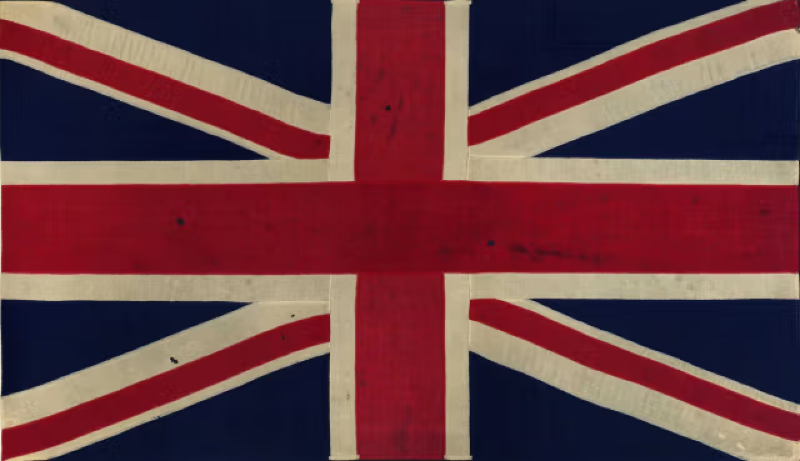
From the Art Newspaper: "A Union flag which flew from the ship that led the British fleet into the Battle of Trafalgar on 21 October 1805, the day of the victory and the death of Admiral Horatio Nelson, will be offered for sale at the Treasure House Fair this month. Priced at £450,000, it is believed to be the most important flag from the battle still in private hands. The flag flew on the Royal Sovereign, captained by Nelson’s friend and second in command, Admiral Cuthbert Collingwood, after Nelson ordered all his ships to set Union as well as squadron flags to avoid confusion in the thick of battle. As the fastest ship, swifter than Nelson’s Victory, she led the fleet and at one point in the battle was fighting off six encircling Spanish ships. The Royal Sovereign was badly damaged, and Collingwood himself was injured in the battle. Nelson, who had insisted on remaining on deck on Victory — clearly identified by his uniform despite urging from his officers — was fatally injured by a French sniper and lived just long enough to learn of his fleet’s triumph."
An astronaut's view of Earth while doing a spacewalk
Astronaut's view of Earth during a spacewalk. pic.twitter.com/rhsOOFkjAv
— Wonder of Science (@wonderofscience) June 19, 2025
Acknowledgements: I find a lot of these links myself, but I also get some from other newsletters that I rely on as "serendipity engines," such as The Morning News from Rosecrans Baldwin and Andrew Womack, Jodi Ettenberg's Curious About Everything, Dan Lewis's Now I Know, Robert Cottrell and Caroline Crampton's The Browser, Clive Thompson's Linkfest, Noah Brier and Colin Nagy's Why Is This Interesting, Maria Popova's The Marginalian, Sheehan Quirke AKA The Cultural Tutor, the Smithsonian magazine, and JSTOR Daily. If you come across something interesting that you think should be included here, please feel free to email me at mathew @ mathewingram dot com
